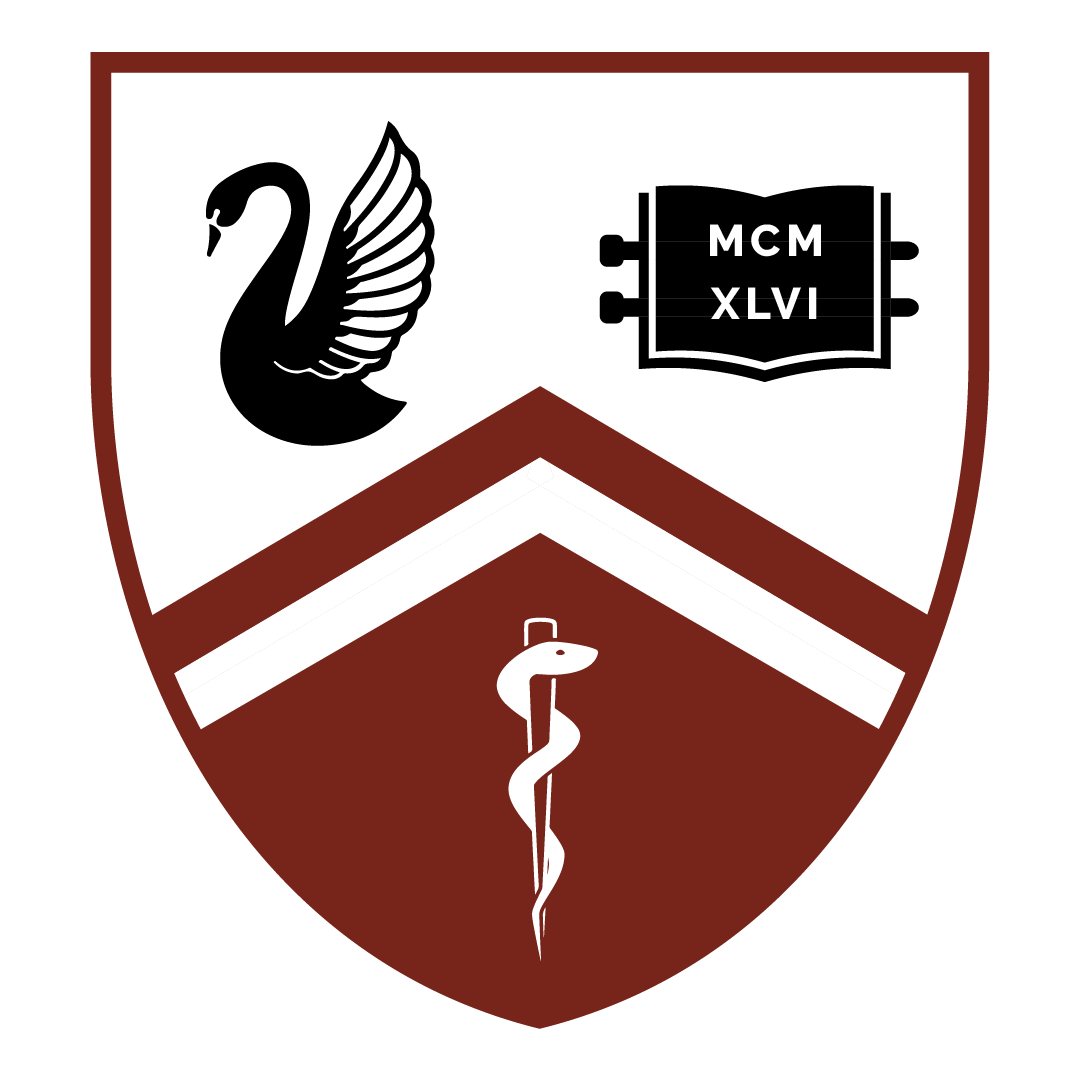By Emily Earnshaw
In the constant doom and gloom of global health crises, pandemics and poverty, it’s beautiful to see the forward steps people are making. Alberto Cairo, Eli Beer, Seyi Oyesola and Paul Pholeros are four names I’d like to see thrown around more often; these people, along with countless others, are creating innovative and clever ways to gradually and consistently chip away at the big overarching health crises we face. I’d like to dedicate this short piece to these four people, and to the wider population of unsung heroes who are steadily and creatively solving piece after piece of the global puzzle.
Alberto Cairo and his orthopaedic clinic
Based in the centre of Afghanistan for the past twenty years, lawyer-turned-physiotherapist Alberto Cairo has captained a quiet but vital orthopaedic programme devoted to landmine and war accident victims. He and his Red Cross team have dedicated their time and resources to fitting prosthetic limbs for anyone in Afghanistan disabled by the ongoing violent conflicts. By 2008, “Mr Alberto”, as he is known in Kabul, had given prosthetic limbs to just over 90 000 war victims; the majority of these people were disabled by landmines dotted across the country, present since the Soviet invasion in the 1980s. His role as leader of the orthopaedic programme has seen it cover the entirety of Afghanistan; his work leaving his reputation as “one foreigner who left the country better than he found it”.(1) Cairo returns limbs, the ability to walk and a glimmer of hope to the people he helps, providing assistance with jobs and micro-loans after the patients have received their prostheses. He has found a way to provide the patients, who are pitied and discriminated against for their disabilities, with dignity, and as he points out, dignity cannot wait for better times.(1)
Eli Beer and his Ambucycles
Twenty-two years after rescuing a neighbour caught in a motor vehicle accident, bleeding from his neck, with nothing but a yarmulke and quick thinking, Eli Beer announced to the world his new ambulance fleet: United Hatzalah. Not your average collection of emergency vehicles, the ‘ambucycles’ contain everything a regular van ambulance does, except for a bed. Where is the advantage? They can navigate traffic and city streetscapes in a fraction of the time that your usual ambulance could. Working as a volunteer medic taught Beer that in medical emergencies, time is the only thing you battle, so anything that helps you fight time is worth thinking about. His ambucycles and his volunteer networks have been utilised in Israel countless times, shortening the period of time any patient has to wait before medical assistance arrives to three minutes. He has also pioneered communication networks using volunteer paramedics and creating cohesive, integrated responses to major incidents involving multiple casualties.(2) His passion has meant lives that could not otherwise have been saved, have been saved. “It’s not about saving Jews or Arabs or Muslims or Christians, it’s about saving lives.”
Seyi Oyesola and his Hospital in a Box
Working as a doctor in Nigeria reminds you that once you push past the high profile illnesses – malaria, AIDS, tuberculosis – you have to start considering how people access healthcare for the more common illnesses. What happens when someone fractures a femur? Where does a mother take her child with a congenital heart defect? Before Dr. Oyelosa, they were taken to a hospital, but these hospitals had dirt floors, adulterated drugs and taped-together surgical tools. The idea for a mobile hospital arose from here: why not take the hospital to the patients? His all-in-one machine, CompactOR: the Hospital in a Box, runs on solar power, your car battery or from a foot pedal; it delivers oxygen on site; provides an ECG platform and houses anaesthetic and surgical equipment. Although he emphasises that these solutions are valuable and provide necessary healthcare to people in crisis, there is more work to be done in getting health professionals to stay in Africa, to work towards the healing of the nation.
Paul Pholeros and his Housing for Health
How do you reduce poverty and skyrocket a community’s health? You fix homes. Architect Paul Pholeros was charged with the goal “stop people getting sick” in a remote Aboriginal community in South Australia. Pholeros and his team established nine core goals to achieve health improvement, and the basic equipment required in every person’s life to achieve those goals. He did this through pictures alone, to bridge language barriers between himself and the Indigenous community leaders he worked with. His most fundamental principle: we need to get the facilities in place to allow every child to wash once per day. Based on this, teams of builders improved the water supply, electrical safety and waste disposal of hundreds of houses in the communities they entered. They contributed to a 40% reduction in the prevalence of illnesses that are attributed to environment, like trachoma. Pholeros showed that improving environment, namely housing, contributes hugely to the health state of any population – it is not only medical interventions that solve our ongoing health burdens.
References:
TedXtalks – have a look!
1) John F. Burns. A foreign face beloved by Afghans of all stripes. http://www.nytimes.com/2008/12/25/world/asia/25afghan.html?_r=0
2) Eli Beer: biography. http://www.tedmed.com/speakers/show?id=4693
Image: ‘Kabul – victim of landmine’ by Alberto Cairo’s Hospital available at http://www.flickr.com/photos/12284999@N05/2169479384/ under a Creative Commons Attribution 2.0. Full terms at http://creativecommons.org/licenses/by-nc-sa/2.0/
